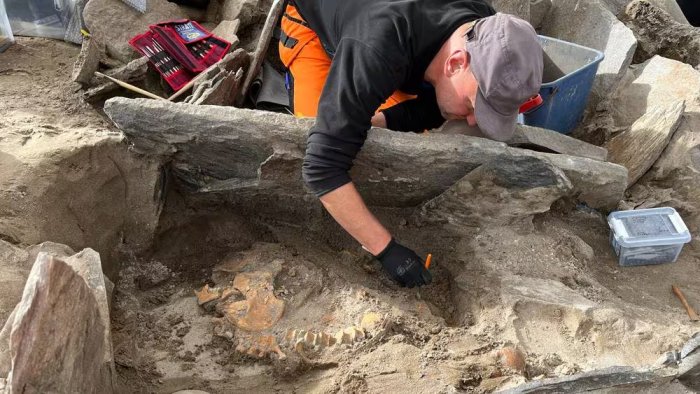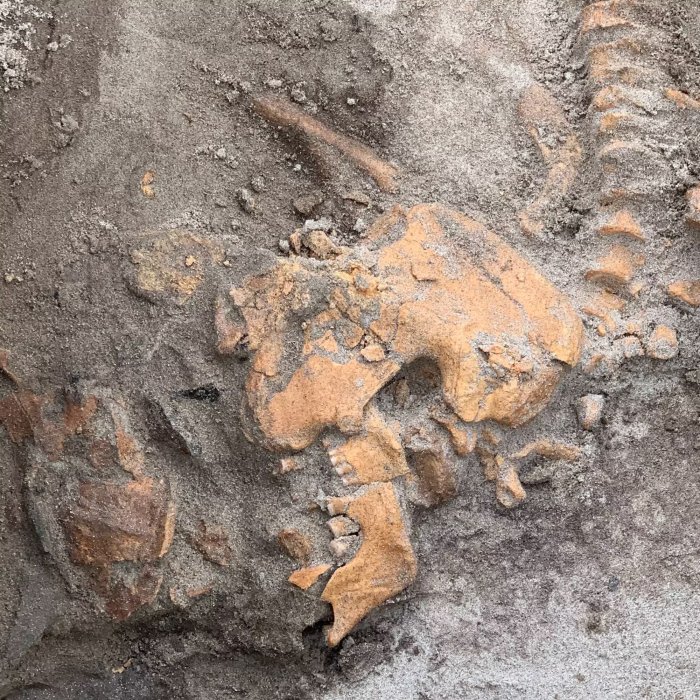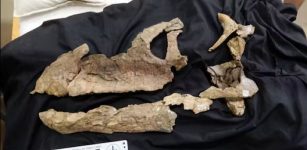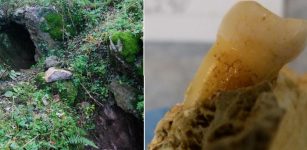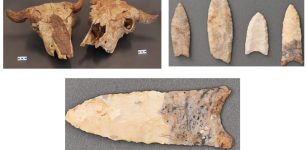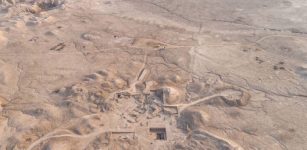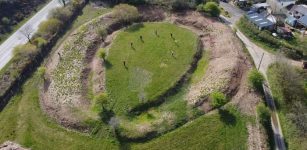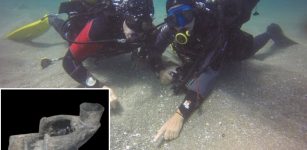‘Sensational’ Discovery Of Large Untouched 4,000-Year-Old Grave In Norway
Jan Bartek - AncientPages.com - Archaeologists report unearthing an extremely important 4,000-year-old grave in Norway. It's a sensational discovery and the most unique Stone Age finds in Norway in the last 100 years, says Morten Ramstad at the antiquities section at the University of Bergen.
Credit: Universitetsmuseet, UIB
The grave provides vital clues as to how agriculture came to Western Norway. Older than the pyramids, the grave has been sealed for thousands of years. Now, it has been opened for the first time, and its contents will help scientists shed new light on events that occurred a very long time ago.
The cranium is 4,000 years old. Credit: Universitetsmuseet, UIB
The practice of agriculture started in Norway around NOK 3950 BC when Scandinavia's first agricultural culture was established in the area around the Oslofjord. However, when this ancient culture came to Norway has so far been a riddle.
Archaeologists examined the unique ancient tomb. Credit: Universitetsmuseet, UIB
Credit: Universitetsmuseet, UIB
Credit: Universitetsmuseet, UIB
"It is tolerably certain that the Aryan settlers in Norway knew at that time very little of agriculture, but made their living by hunting, fishing, and cattle-raising. The huts which they built of logs were rude contrivances which could be easily torn down and moved. But, as at a very early period, they began to devote themselves more to the culture of the ground, their dwellings were made larger, and were built with greater care," Hjalmar H. Boyesen writes in the book The Story of Norway.
This intriguing ancient grave makes "it possible for us to gain completely new insight into the early agricultural phase," Linge told NKR Vestland.
"What is special is that sand has settled over the grave. We had to dig deep into the sand here before we found the grave", says archaeologist and project manager Trond Eilev Linge.
See also: More Archaeology News
The human bones found inside the grave are well-preserved. Analysis of the human bone material will provide scientists with answers how old they were, where they came from, and how exactly they ended up in Western Norway.
Written by Jan Bartek - AncientPages.com Staff Writer

